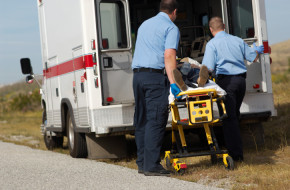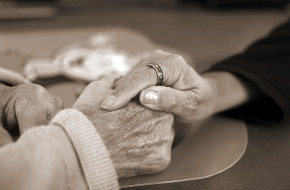Doing a survey always begins with a bit of trepidation. What will the responses be? Will there even be responses? If we receive responses, will they be good or bad?
At Diakon, however, we are committed to customer service and so we are always very willing to put aside those trepidations and ask: How are we doing?
Within Diakon Child, Family & Community Ministries, we recently conducted several satisfaction surveys of the organizations and individuals referring consumers to us for service. In addition, each year we conduct a retrospective review of all the consumer and referral source concerns we’ve received throughout the year.
I wanted to share some things with you that we have learned. First, the good news:
- Quality – Across the board, those who refer to us believe that we offer quality care and services
- Outcomes – Those who refer to us believe that our services produce good outcomes for the people we serve. In the last two years, we have increased our focus on sharing our outcomes data with the counties and agencies that refer to us, and they are increasingly aware of our outcomes as a result of our sharing data more publicly, such as on our website.
- Staff qualifications – Our staff members are perceived as highly competent and qualified to do their jobs
- Consistency of staffing – We are viewed as a stable, solid place to work
- Communication – For the most part, we are seen as good communicators, following up with progress reports to our partners in the community and county agencies on those we serve for them.
Some areas for improvement also have been identified for a few programs, including:
- Waits for service – In some of our programs, consumers and those who refer them believe that the wait for care can be lengthy at times. We have developed a plan to measure and improve this concern, particularly in Diakon Family Life Services’ SPIN program. We also are beginning a customer service training program that will help us all learn the “best practices” of expediting care and communicating with those we serve when there are unexpected delays.
- Percentage of referrals accepted – The individuals and agencies that refer to us expect us to help those they refer, to say” yes” when they reach out to us for help. In a few programs, it can be challenging at times to meet the needs of the number of referrals made to us. We also have created a plan to measure and improve this percentage, particularly in our foster care services.
I extend a huge “thank you” to the people who took time to respond to our surveys, to our staff members and to all the county agencies with which we work—for all that you do to help the individuals and families we serve.
I deeply appreciate everyone’s hard work and dedication.
Because we review comments, they do not appear immediately. Please do not submit each comment more than once. Please review our comment policy.











